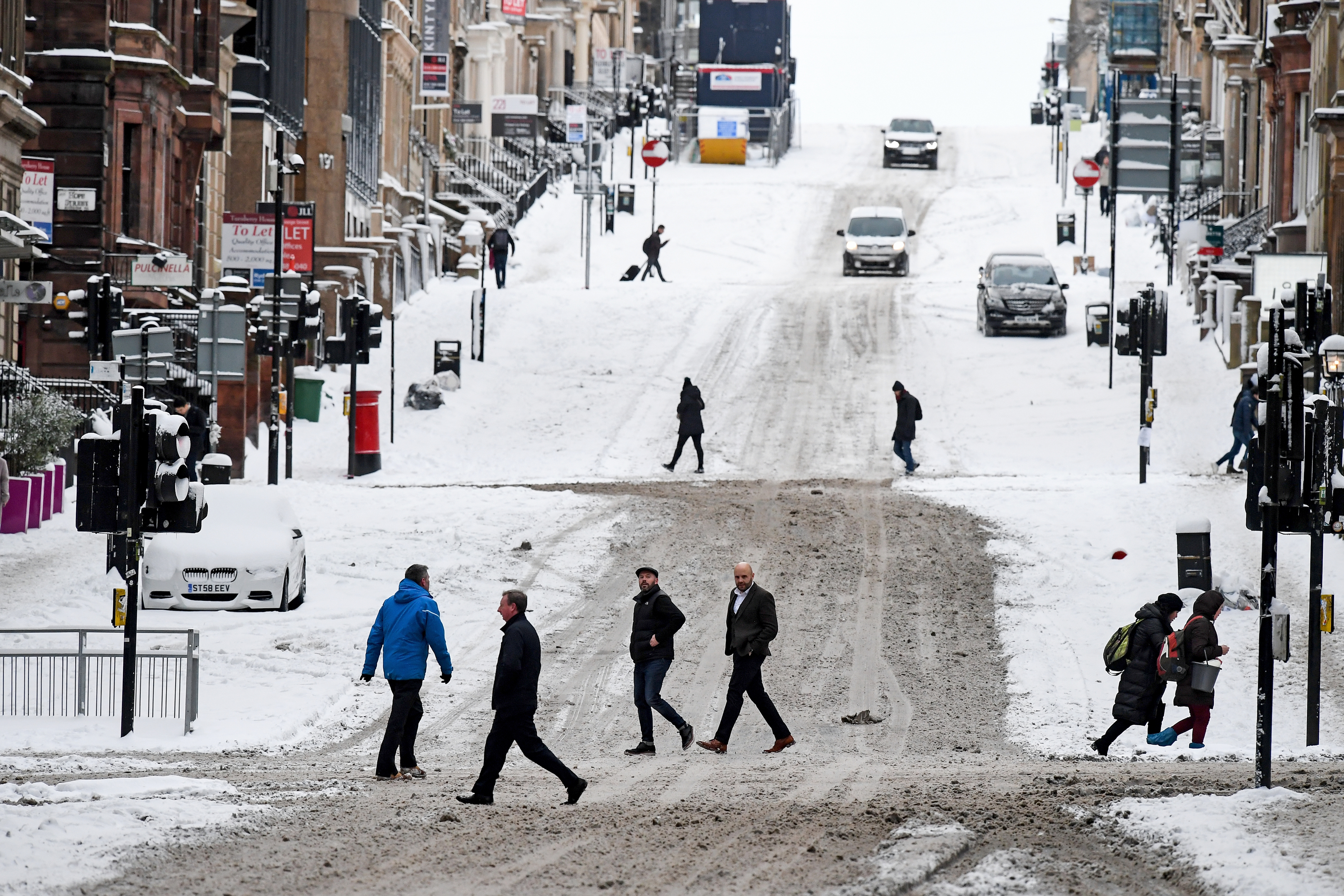
THE same weather patterns which sparked the Beast from the East and brought freezing temperatures and heavy snow last winter could return this year, forecasters have warned.
But the Met Office stressed that some parts of Britain will see above average temperatures for January over the weekend.
It said sudden stratospheric warming had appeared around Christmas, when there was a sharp increase in the temperature over a couple of days.
When this happens in the Arctic it can lead to a rush of cold air blowing eastwards across Europe a few weeks later, bringing much cooler temperatures to the continent.
The Met Office said this is what caused the Beast from the East early last year – an icy blast of freezing Siberian winds which brought freezing temperatures and heavy snow to much of the UK.
But spokesman Grahame Madge said that while Britain being hit by a new Beast from the East could not be ruled out, the forecast so far suggests the country will see stable weather conditions.
“Last year there was a classic set-up with the Beast from the East, there was an event in the Arctic – sudden stratospheric warming – where the stratosphere warms rapidly,” he said.
“That triggers, generally, a change in the direction of winds across Europe at surface level. The upshot is that normally when this happens in the Arctic you get easterly winds and that’s what happened last year.
“But although that warming has happened in the Arctic already just prior to Christmas, we are not seeing any change in an easterly pattern.”
Mr Madge said Britain was looking at a stable week, with above average temperatures at the weekend.
But he added that it was not possible to rule out a cold snap, with parts of Europe facing “significant” chills and heavy snow.
“There have been some parts of Europe that have experienced quite significant cold, heavier-than-average snow in countries like Austria and in northern and central Europe.
“It is possible we could still see this turn to a more easterly flow but if anything it looks as though we are in stable weather conditions.
“We are looking at the next week or so, but we could see a change after that. But there is nothing in the next week or so that could indicate any change like the Beast from the East.
“We are not ruling out a return to cooler conditions, we would normally expect a cold spell or two during winter.
“It may happen, but there’s no signal of it happening in the models.”

Enjoy the convenience of having The Sunday Post delivered as a digital ePaper straight to your smartphone, tablet or computer.
Subscribe for only £5.49 a month and enjoy all the benefits of the printed paper as a digital replica.
Subscribe